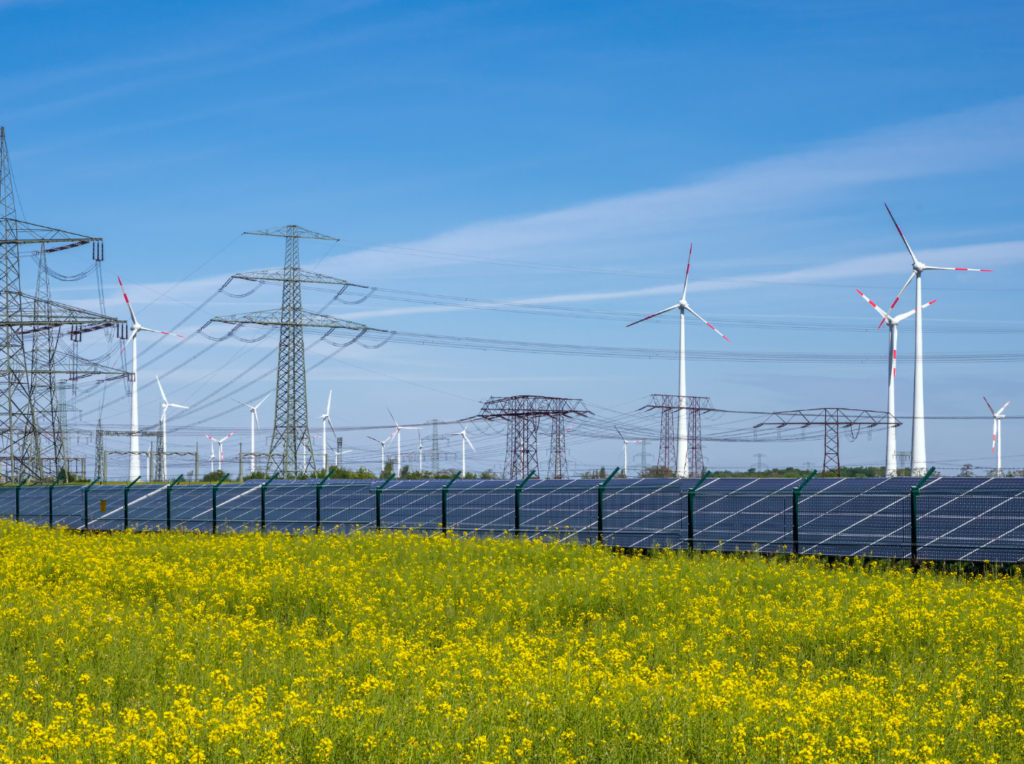CM Solar
Talk about best path forward for electricity future

strong economic case for putting wind energy, solar energy and energy storage at the centre of Canada’s energy transition.
today’s low-cost wind and solar energy, coupled with existing hydropower and increasingly economical energy-storage options, represent the most affordable and best path forward for Canada’s electricity future.
Investment
Renewables and energy storage represent the foundation of the energy transition required to move Canada to net-zero greenhouse gas emissions by 2050.
On a global scale, Bloomberg New Energy Finance projects that, between now and 2050, 80 percent of all investment in new power-generating capacity will go to wind, solar and batteries. This represents $12 trillion in new investment.
With its abundant, untapped and high-quality solar and wind resources, Canada should strive to position itself as a competitive destination for such investment.
Every 100 MW of new wind-energy capacity represents approximately $180 million in total investment, while every 100 MW of new solar-energy capacity represents $112M. These investments bring significant benefits to local communities throughout the life cycle of the project.
Job creation
It is already happening around the world. According to the International Renewable Energy Agency (IRENA), approximately 5 million people were employed in the wind energy and solar photovoltaic (PV) industries in 2019, up from just over 2 million people in 2012. There is rapid growth in these industries, and it is accelerating at a rapid pace worldwide.
Investments in solar, wind and energy storage create employment opportunities throughout the project life cycle: development, construction, operations and decommissioning. Additional jobs are created through the manufacture of these technologies and their key components.
When one considers the rapid projected expansion of wind and solar energy, the opportunities for job growth are significant. Indeed, the United States has already reported that wind turbine and solar technicians are the fastest growing jobs in the country.
Benefits for individuals and communities
New utility-scale solar- and wind-energy development provides lease income to local landowners and municipal tax revenues for host communities, along with a diverse range of benefits that contribute to the priority needs of the community, as per agreements with project developers.
For example, an Alberta supply-chain study found that 100 MW of wind provides approximately $1 million in annual property taxes for host communities and approximately $500,000 in royalty payments to landowners.
These are important economic benefits for the rural communities that host utility-scale wind-energy and solar-energy projects. Many of these host communities are found in rural areas with a limited industrial base. Revenues from this type of renewable energy development provide increased stability for economies that often rely on variable revenues from activities like agriculture, forestry and fisheries.
What’s more, rooftop solar PV installations bring direct economic benefits to homeowners, businesses and community organizations, helping to reduce energy costs and increasing the economic value of the building.
From Ottawa Canada, March 10, 2021
